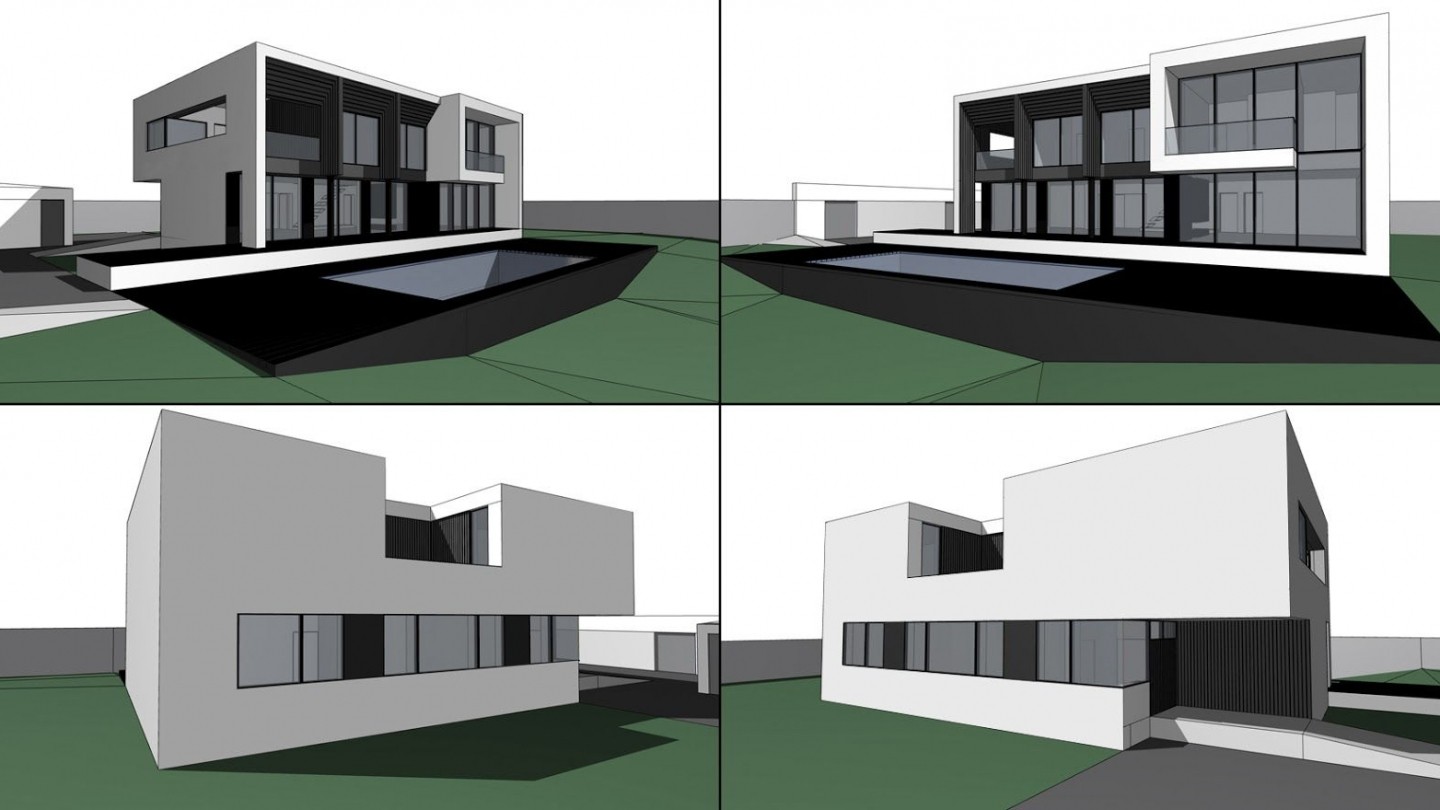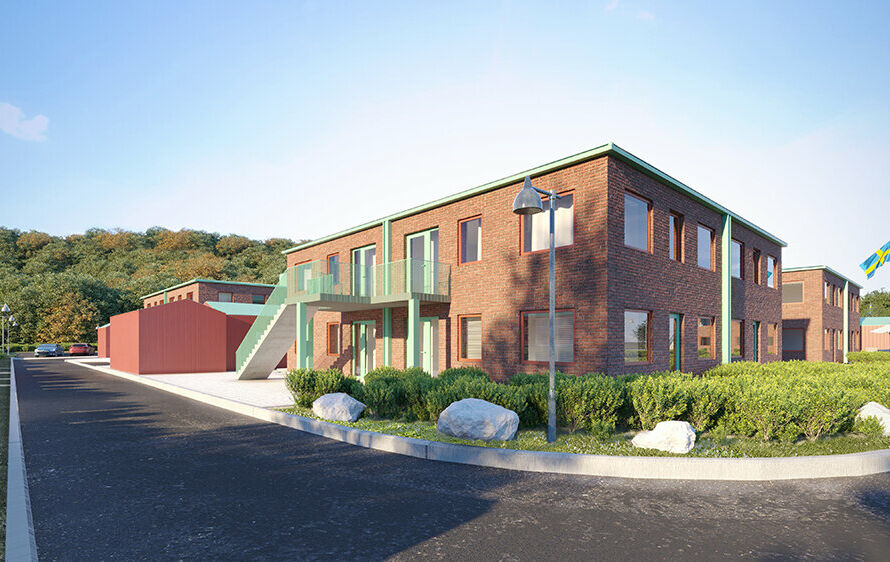Rendering is an important process in video editing that allows you to create a “down” or “cutaway” version of a scene so that you can see what is happening while the main video is playing. Rendering can be used for all sorts of purposes, from simplifying complex edits to providing context for scenes that are cut away from the main video. In this article, we will take a look at the basics of rendering and discuss some common uses for it in video editing.
What is Rendering?
Rendering is the process of creating a representation of a graphical user interface or 3D scene from scratch. This can be done in many different ways, but generally it involves taking an input representation of a piece of information and turning it into something that someone can see or interact with. Rendering can be used for a wide range of purposes, from creating simple 2D illustrations to generating high-quality 3D models.
Rendering can be done in a number of different ways, but generally it involves taking an input representation of a piece of information and turning it into something that someone can see or interact with. In most cases, rendering is used to create a representational image or model of a user interface or 3D scene.

How to Render a Video?
There are a number of different rendering techniques that can be employed when rendering a video. Overall, the most common approach is to use a modeline, or frame buffer, which is simply a list of images that correspond to specific frames in the video. The video engine then uses this list to render each frame as it becomes available.
Another technique is to use a temporal prediction algorithm. This algorithm predicts what will happen next in the video and uses that information to fill in the missing frames. This approach generally provides better quality than using a modeline, but it can also take longer to render.
Finally, there is always the option of using a direct rendering approach. In this case, the video engine simply renders each frame as it comes in without any help from the hardware acceleration layer. This approach is generally faster than using either a modeline or temporal prediction algorithm, but it can result in poorer quality videos due to lack of hardware support for advanced features such as 3D animations and high-resolution textures.”

What are the Different Rendering Modes?
In web development, there are various ways to render a video. There are three most common ones:
- Offline rendering: This is when the video is rendered on the server and sent back to the browser. The advantage of this is that it’s fast and doesn’t require a connection to the network.
- Interactive rendering: This happens when the user interacts with the page, like scrolling or clicking, which causes changes to the video that need to be rendered again. This can be faster than offline rendering, but can also be more resource intensive.
- Prerendering: This is where videos are rendered in advance and stored on the server. This means that when someone clicks on a link to a prerendered video, it starts playing immediately without requiring any additional resources from the website.
There are also hybrid rendering modes, which combine aspects of different rendering modes. For example, interactive rendering might be used for parts of the video that are updated frequently, while offline rendering is used for slower-moving parts.
Choosing the Right Hardware for Rendering Videos
Rendering a video without hardware acceleration can take a long time, depending on the complexity of the scene being rendered. If you need to render quickly for a presentation or some simple animations, you might be better off using software rendering instead. However, if you’re aiming to create high-quality video content, then you’ll need to use a dedicated hardware renderer.

There are many different types of hardware renderers, each of which offers its own set of benefits and drawbacks. Some of the more common types include:
- GPU Rendering: This is the most popular type of rendering because it allows you to quickly render complex scenes without having to wait for the CPU to complete tasks. GPUs are also good at handling graphics intensive tasks such as rendering videos.
- CPU Rendering: CPUs can also handle simple video renders, but they tend to be slower than GPUs when it comes torendering complex scenes. Additionally, CPU-based renderers can often struggle with encoding and decoding videos.
- Software Rendering: This type of rendering is typically used when speed isn’t as important as quality. Software renderers can be slower than GPU or CPU renderers, but they’re usually more accurate since they don’t require dedicated hardware.
Conclusion
In this final article, I’ll be talking about rendering video definition. Rendering video definition is the process of converting a high-resolution or resolution video file into a lower quality format for streaming or storage purposes. By understanding how rendering works and the different types of renderings that can be performed, you can ensure your videos are delivered to viewers in a smooth and efficient manner. So stay tuned, as we’ll be going over some of the most common rendering techniques soon.





